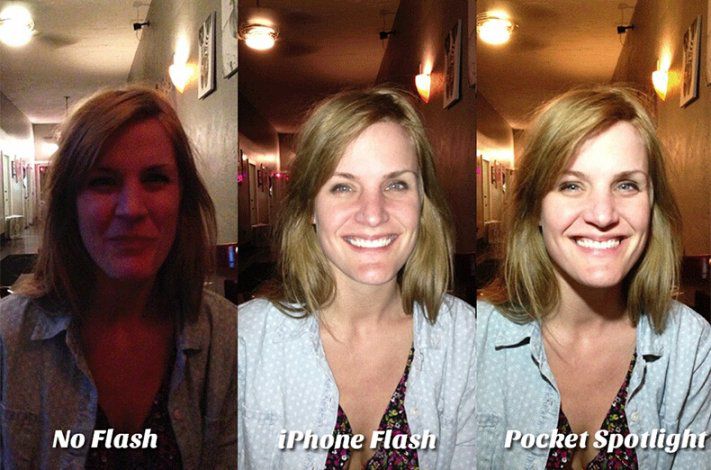

It was not until 1935 that a patent was filed for a circular lens that used glass and not water as the distorting surface. Wood succeeded in publishing “ Phisical Optics,” the book collecting his research in optics, but the fish-eye still remained for a long time an exclusive for scientists stooped over test tubes and microorganisms. Hip-hop will use the fish-eye aesthetic for album covers and videos, as will sports, leveraging its ability to best capture the energy of freestyle and outdoor disciplines.
#FOTONICA PRODUCTS FULL#
It was 1906, and his tools were a bucket full of water, a pinhole camera, a mirror glass, and plenty of light, essential paraphernalia that would not prevent Wood from discovering and inventing what would become known in the history of photography as the fish-eye.Īfter its first uses in science, the image distortion created with the fish-eye will become perfect for representing in photography the hippie psychedelia of the 1960s and the rock rebellion in the years to follow. Wood was working on an experiment aimed at replicating the way fish saw underwater. Locked in his laboratory at John Hopkins University in Baltimore, Meryland, optical physics professor Robert W. The fifth edition of FOTONICA will be staged from November 19 to 27 in Rome, within the spaces of CityLab971 and Fusolab2.0.įOTONICA brings works, workshops, installations and laboratories for children in peripheral areas, to establish a fuller bond with the city and strengthen values of social aggregationĪmong the audio-visual works of the festival there will be the preview of “FIELD”, a performance by the Canadian artist Martin Messier, the international preview of “Il Giardino Magnetico”, a performance presented by Andrew Quinn and Luca Spagnoletti the vj-set by Federico Nitti, visual artist who has signed projects for Aphex Twin and Terry Riley, the exclusive video-mapping “Sacred Geometry” by the Spanish collective Darklight Studio.Īnother immersive work presented in Rome is “SOL.AR.IS”, curated by Photon, in which viewers will interact with 3D objects in real time.


The name of the festival comes from light, in particular from its minimum unit: the photon, a small particle with enormous creative power. Optomicrofluidics (read more at ) employs photonics in conjunction with microfluidics, whose applications range from use in sensors to type lab-on-chips.Ī complete list of 50 INFO subprojects can be seen here.After the digital experience of 2020, FOTONICA, the Audio Visual Digital Arts festival that explores the art forms that have light as their central theme, is back. Nonlinear Photonics can be defined as the junction of some traditional areas of optics, particularly nonlinear optics (read more in ), whose scientific development has generated devices and applications in the field of photonics, such as sources of supercontinuum generation, optical harmonics or optical amplifiers in bulk or integrated devicesīiophotonics (read more at ) is a multidisciplinary area of interface between photonics and biomedical areas, with important social impact. In these three sub-areas, 50 sub-projects are led by the INFO researchers, with 23 sub-projects in Non-Linear Photonics, Devices and Applications 17 sub-projects in Biophotonics and 10 sub-projects in Optomicrofluidics.


 0 kommentar(er)
0 kommentar(er)
